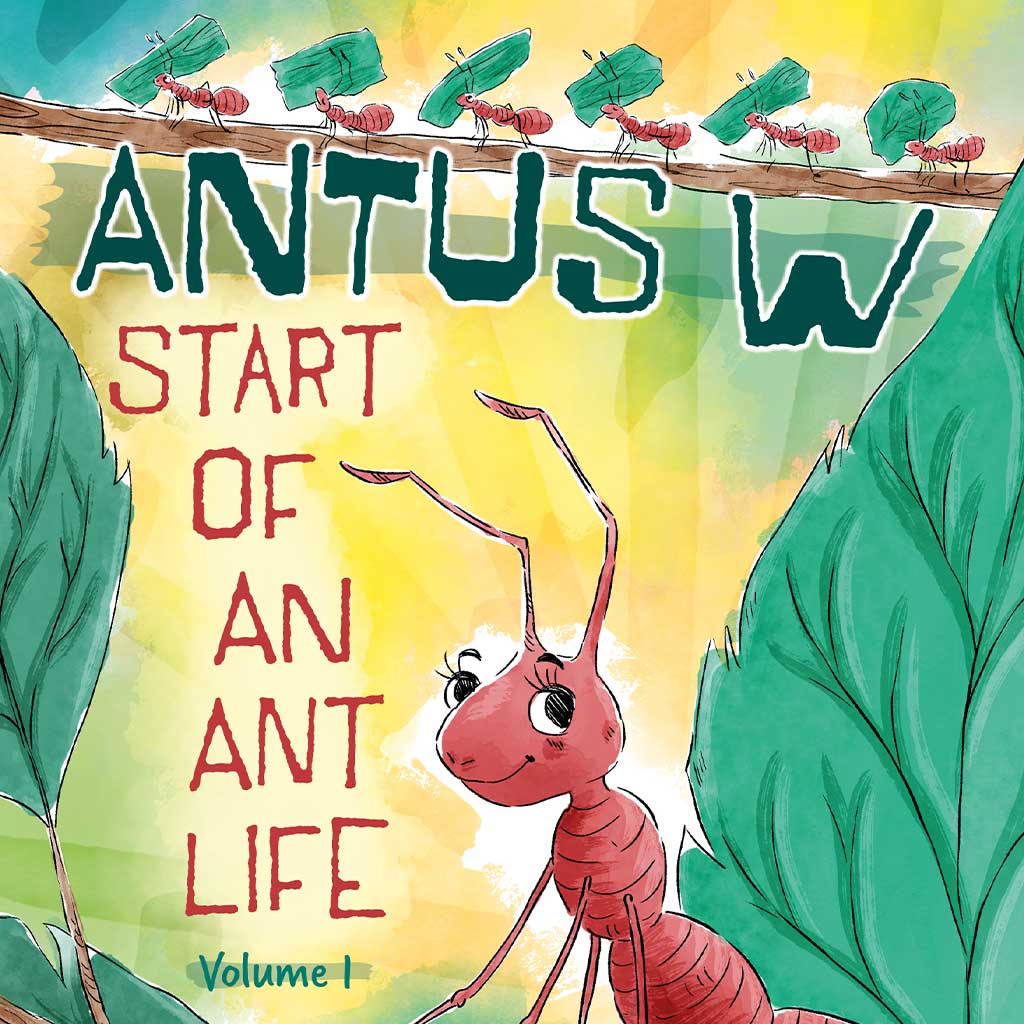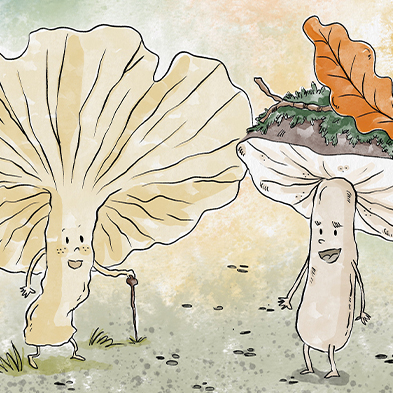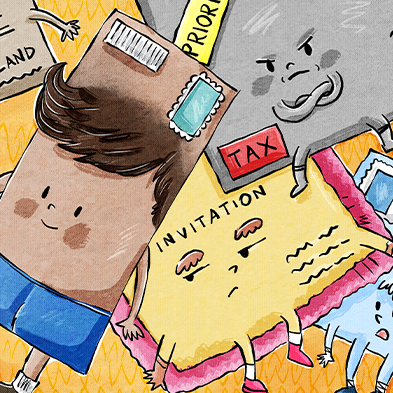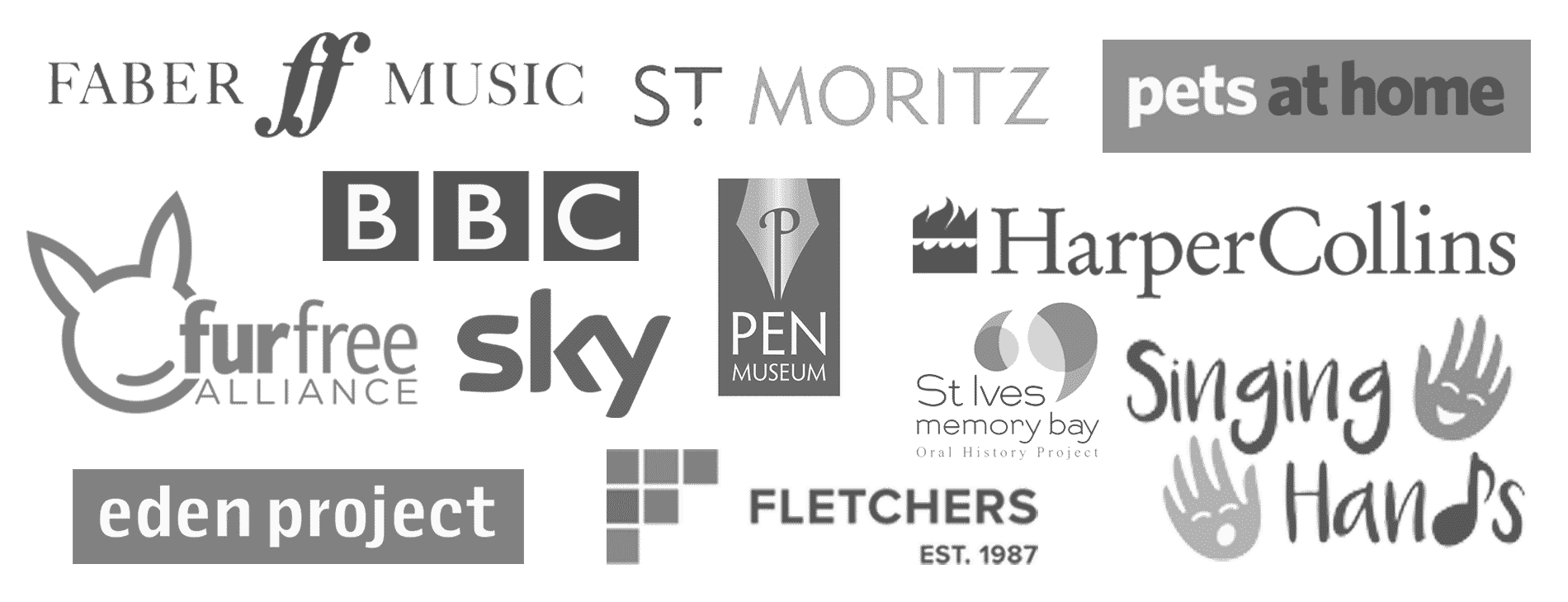Writing a children’s book is enjoyable, stressful at times and something not everybody gets to achieve. So if you have written yours, well done! But, now to get it illustrated. Here at Happydesigner we have illustrated many, many books and we like to think we have some idea of how to manage expectations during projects! We had a chat with Sarah, the Happydesigner illustrator, about managing the expectations from an illustrator’s point of view.
1. What’s the first step in illustration once style is agreed on?
Once a style is decided the first step is to work on the character. The style is chosen by the author, but I am more than happy to assist with input and advice at this stage. Our weekly catch-up sessions are the time to do this, or if you need me out-of-hours please email me your questions in one complete email (hello@happydesigner.co.uk) and I will get back to you when I can. At this stage it’s important that I get the focus of the book right before anything else, so we start with character. Read more about creating character on our blogs: How Do I Bring My Character to Life? and How Do I Create Character?
2. What is expected from an author once they are at illustration stage?
As an illustrator, I can only do my best. Sometimes it’s hard for an author to trust someone else with their story and to allow someone to add in ideas or conflict with their visions etc. Also, this process can be very exciting for an author and they expect everything immediately, which I totally understand! However, I always have a few books on the go at the same time and don’t sit on one project all day and everyday. That’s not how I work. So I expect patience from the author, primarily. If there’s anything to share I will contact the author, and if I have any questions I will contact the author. Please be assured that I have not forgotten about you, and if I have contacted you to let you know I am working on your project then please just wait until I’m back in touch with you and we can chat about the project when I feel I’m at a stage where you need to be involved again.
3. How are sketches developed and then approved?
Sketches of your book are based on the visions I have from the story, as well as ideas I get from you as the author. I also use the notes from the author to enhance the book, and also general ideas I may have that I think will suit the story being illustrated. Sketches are then placed into the basic book layout so customers can view them in context instead of trying to visualise how they will be laid out. Approval is all via email for my records.
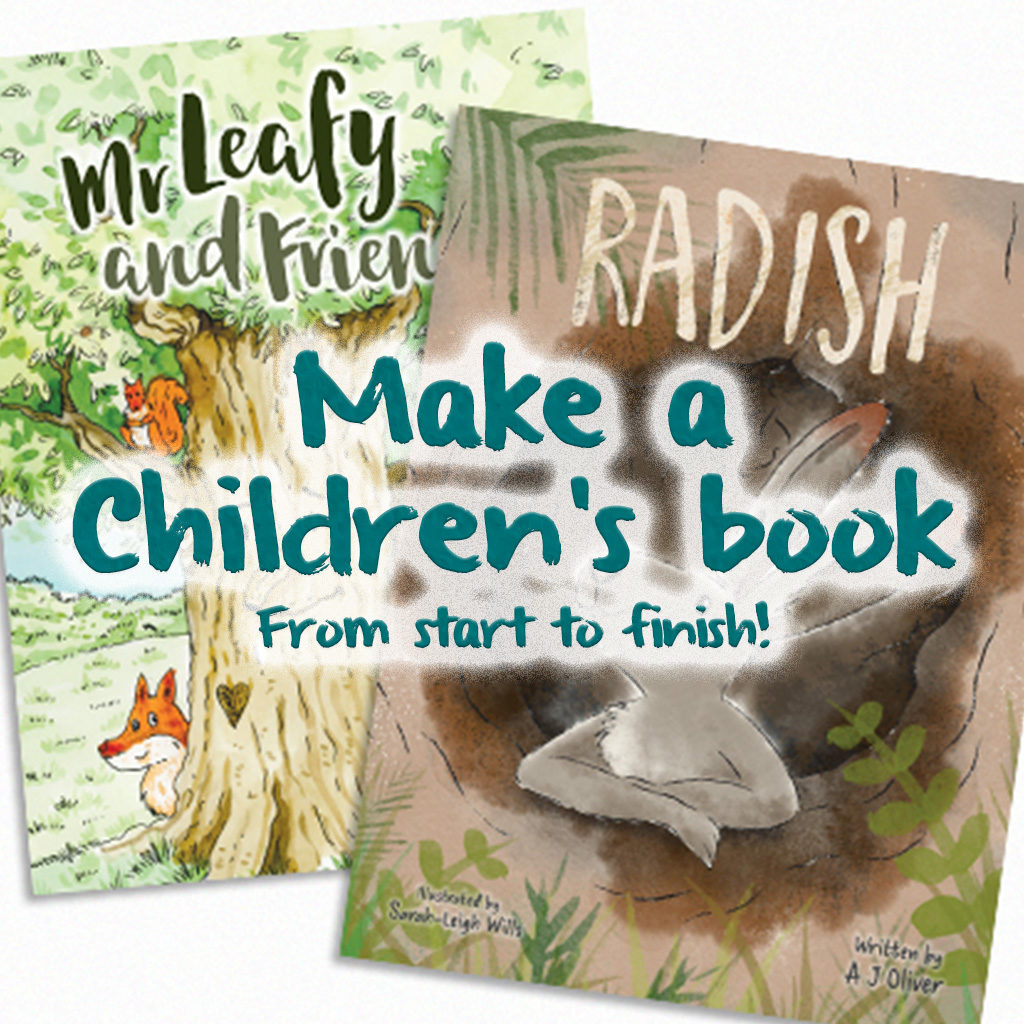
4. How much input do you expect an author to have once you start illustrating?
It’s a funny scenario, as you wouldn’t walk into a car garage and instruct a mechanic of the exact way to fix your car. So it’s nice when an author trusts that I’m capable of achieving some form of good result, and we have a lot of communication before I start illustrating so that I know the work I am doing is what the author wants. I do like, however, to get the authors’ feedback on the sketches and always ask them if they have specific colours in mind etc. Some like to provide photographs for reference, but any inspiration from you is welcome. It’s just worth keeping in mind that you are trusting me with your story, and therefore it’s great to be left to it whilst I’m actually illustrating, so we can then chat about the sketches when they are ready to be viewed.
5. If you don’t know what it’s like to work with an illustrator (first time writer for example) what can you expect from the illustrator during your drawing process, and what are your expectations from the author?
Please don’t expect communication daily. That’s just impossible with the amount of authors I am working with at any one time. If I updated everyone daily I’d have no time to work, and so nothing to update you about!
Also please be aware that illustrators have bills and a home to keep too. Whilst I have my working hours, I cannot keep going round in circles drawing the same image 100 times for £35, it just isn’t possible. I think for first timers its always mega exciting, it’s all new and they often think I should be working on their book 24/7 – which I’d love to do! But realistically I have five other clients all thinking the same thing! For the illustrator clear and decisive decisions from the author are key; it’s so frustrating when authors can’t make up their minds. So prompt and decisive feedback is key, and massively appreciated!
6. What’s the difference between layout & proof?
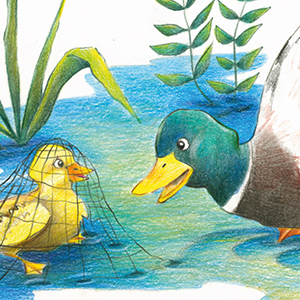
The process starts with the “layout PDF”, which is what you’d probably think of as a storyboard of your book. Then, once the author has approved this I start sketching the main character. Once approved again, I then sketch the whole book. This is the “draft PDF”, which is then sent to the client. Once this is finally signed off I then paint and send the “proof PDF” for final text editing and print preparation (adding barcodes, prices, ISBNs etc).
7. What happens once the illustrations are sent off to the author for the first time?
I always ask clients the colour specifics before a book is fully painted up, so as described above I sent them the layout first, then draft then proofs, asking for feedback at each stage. So once it heads off to the author it’s nice to have the feedback.
8. Once an author has approved the first round of sketches how “set in stone” are they?
I tend to go through one or two rounds of edits with clients in the sketch stage. Some have no changes at all whilst others change them over and over. So they are not set in stone until I have the sign off. However, I have to draw a line as my illustration package only contains a certain amount of work hours and if they take too long on the sketch stage it makes me then go-into ‘work for nothing time’ which I hate, so I don’t do this. Please do not expect anyone to work for nothing; you wouldn’t do it so please don’t expect us to!
9. At what point is there “no going back” once sketches are approved?
If the client has signed the initial sketches off and has asked me to paint the book then the project goes to the “paint” stage. At this stage there is no going back. It takes me at least a month to colour up images and can involve as much a 14-18 hours per illustration, sometimes more if it’s mega complex. So if they decide they want to change it after the paint stage it’s a nightmare. It involves me redrawing the images, and if it’s a particularly tricky image that needs a total redraw then it can take me a further 14-18 hours, which the author has to pay for. This is why communication and approval is absolutely vital leading up to this stage. Be absolutely sure, completely sure, you are happy before we start the painting stage!
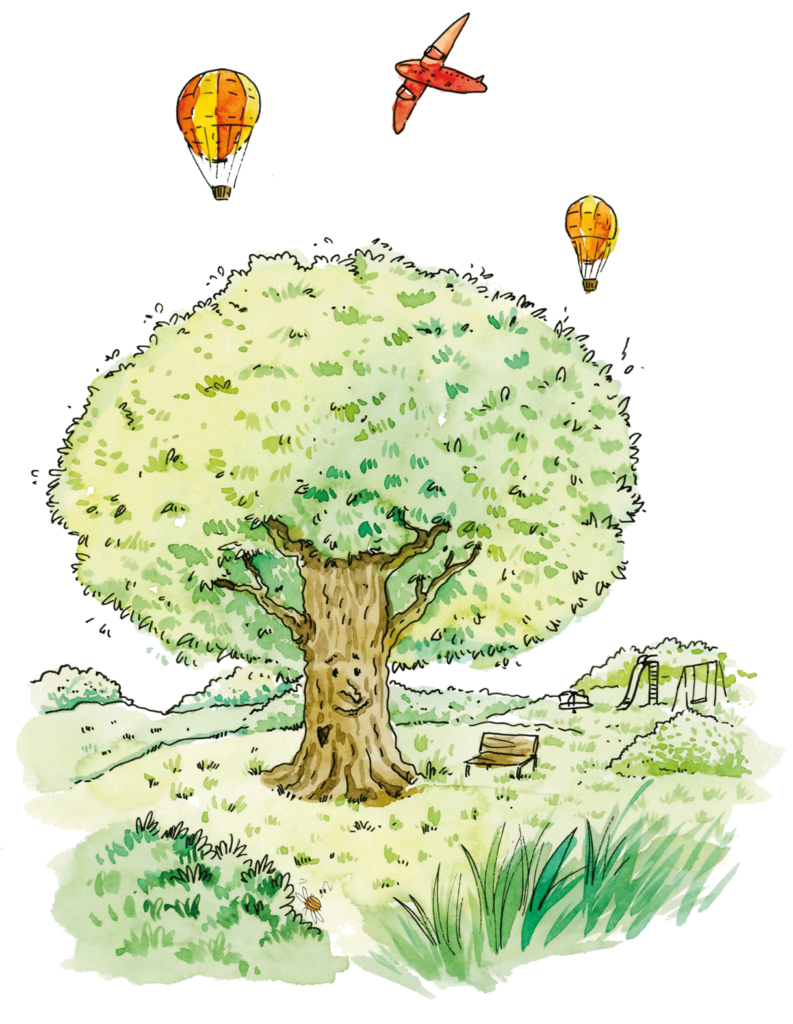
“…communication and approval is absolutely vital leading up to this stage. Be absolutely sure, completely sure, you are happy before we start the painting stage!”
10. Can you give a few do’s and don’t’s when it comes to working with an illustrator?
- Be sure to be honest with the illustrator from day one. If you are not, and change your mind a lot or haven’t got the book you had in mind, this can lead to more work later on.
- Respect that the illustrator has feelings! We are all human and we are working together to make your book the best it can be. I’m here to help you, not hinder you. I want your book to be the best, because ultimately I am putting my name to it too!
- Respect that the illustrator cannot work constantly for free. There are limits to the packages, and if you do change things a lot I will have to charge you.
- Respect that the illustrator knows what they are doing! This is my daily life and my job, honestly I have done this before and I know what does or doesn’t work.
- Realise that signing off the sketches to head to the paint stage means they are set in stone (see above).
- Please realise a lot of details will be added in the colour stages and sketches won’t always show tiny shadow details and depth. If you need any advice or help regarding this please do talk to me beforehand!
- Please remember the illustrator works on more than one project at a time and can’t always reply immediately. I do know you are there and waiting, and I will get back to you!
- Respect that an illustrator takes pride in what they do and won’t want to be rushed.
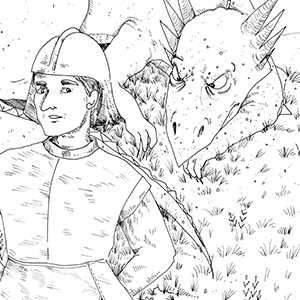
So there you have it! Hopefully this will help give you some insight into the world of the illustrator, as well as a bit of information about what you will expect from one another. There are always bumps on the road when it comes to embarking on a new and large project, but hopefully these tips will make the bumps a little smaller and less manageable, and hopefully fewer in number! Just remember that communication is key and respect is vital! Happy writing!

